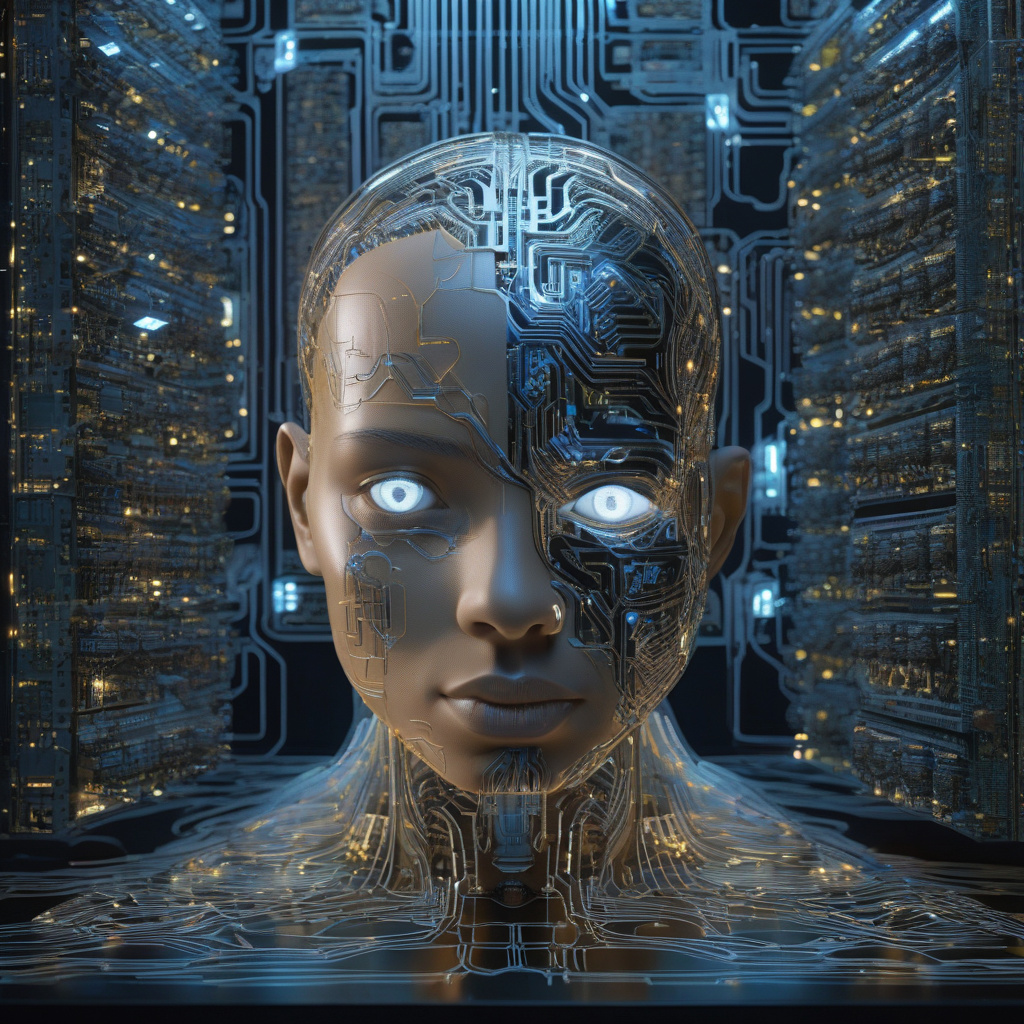Artificial intelligence (AI) has become an integral part of our lives, revolutionizing industries from healthcare to finance. Its ability to automate tasks, analyze vast amounts of data, and make decisions has undoubtedly brought about numerous benefits. However, with great power comes great responsibility. The question we face today is: Who should be held accountable when AI makes a mistake – the technology itself or the humans behind its creation and implementation?
One of the key issues at hand is the concept of AI agency. Can AI truly be considered responsible for its actions, or should the developers, programmers, and organizations that design and deploy these systems bear the ultimate responsibility? Let’s delve into this complex dilemma to understand the nuances involved.
When AI makes a mistake, it is often due to the way it has been programmed or the data it has been trained on. For example, if an autonomous vehicle causes an accident, is it the fault of the AI system that made a split-second decision based on its algorithms, or should the blame lie with the engineers who designed those algorithms or the company that deployed the technology without adequate testing?
In many cases, the responsibility for AI errors ultimately falls on human shoulders. Developers are tasked with ensuring that AI systems are designed ethically, with safeguards in place to prevent unintended consequences. They must also regularly monitor and update these systems to address any issues that may arise over time. Failure to do so can lead to catastrophic outcomes, as seen in instances where biased algorithms have perpetuated discrimination or when autonomous systems have made fatal errors.
At the same time, holding humans solely accountable for AI mistakes may not always be fair or practical. AI systems are complex and can exhibit behaviors that even their creators may not fully understand. As AI continues to evolve and advance, reaching levels of sophistication that surpass human comprehension, the lines of responsibility become increasingly blurred.
To address this challenge, a collaborative approach is needed. While developers must take responsibility for the initial design and deployment of AI systems, ongoing oversight and accountability should be shared among all stakeholders, including regulatory bodies, industry organizations, and society at large. This means establishing clear guidelines for AI development, implementing robust testing procedures, and creating mechanisms for transparency and accountability.
Moreover, as AI systems become more autonomous and independent in their decision-making, the need for ethical frameworks and regulations becomes even more critical. Just as we hold human professionals in various fields accountable for their actions, we must also define standards of accountability for AI systems, ensuring that they operate within ethical boundaries and with a clear understanding of the consequences of their actions.
In conclusion, the responsibility for AI actions is a shared one. While humans play a crucial role in the design, deployment, and oversight of AI systems, these technologies are becoming increasingly autonomous and capable of independent decision-making. As we navigate this new era of AI-driven innovation, it is essential that we establish clear guidelines, ethical frameworks, and accountability mechanisms to ensure that AI acts responsibly and in the best interests of society. Only through a collaborative effort can we harness the full potential of AI while mitigating the risks associated with its use.

